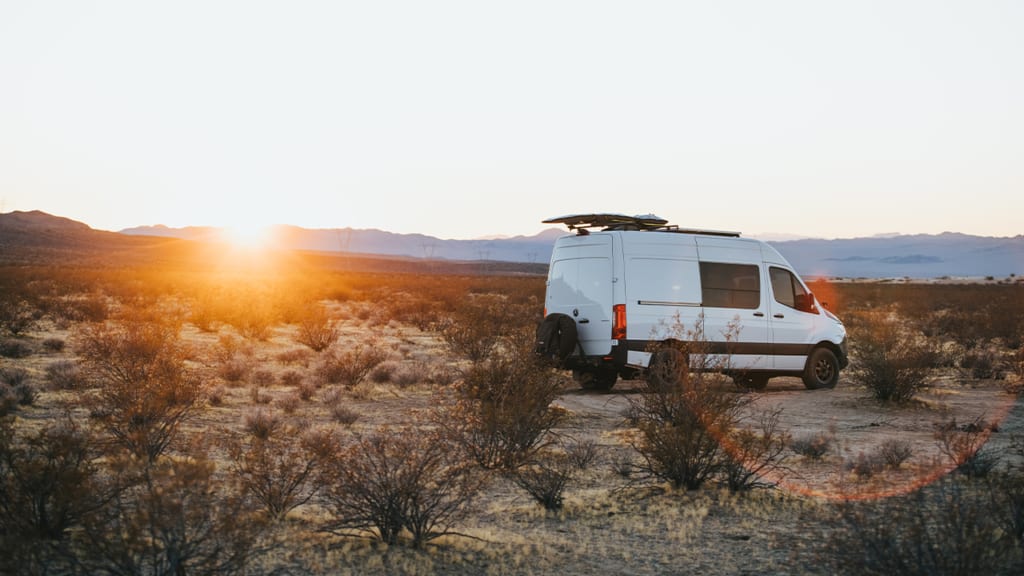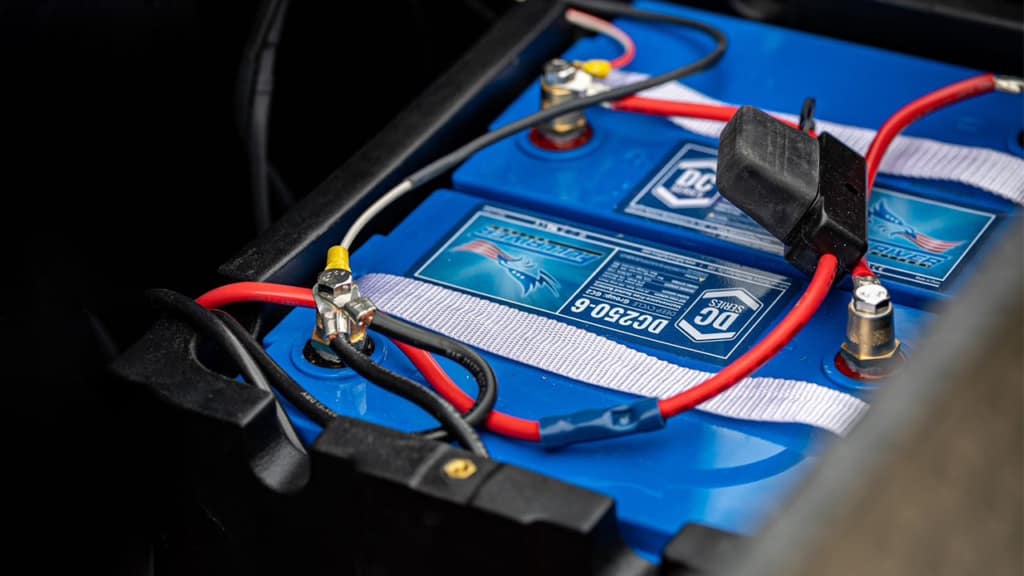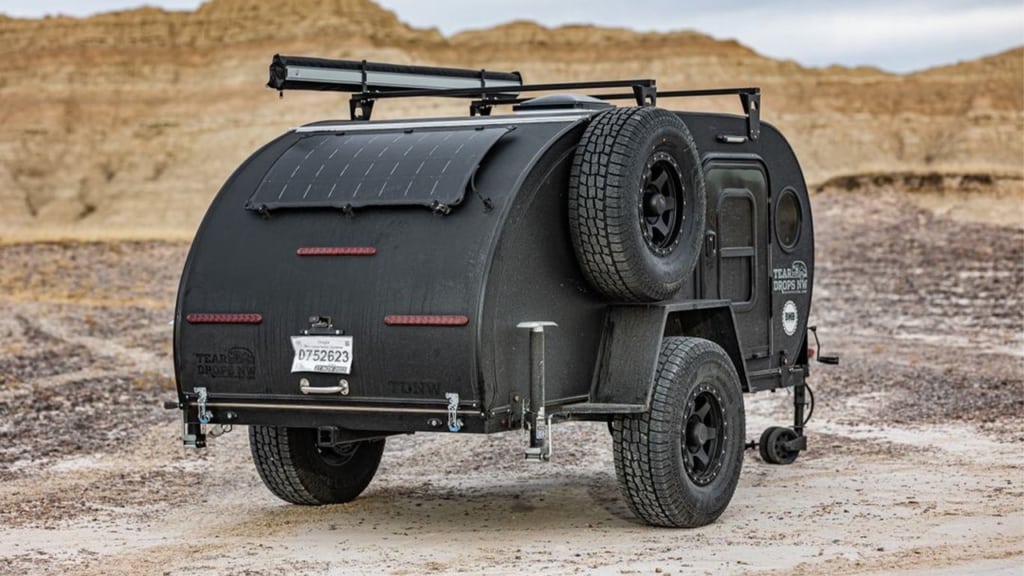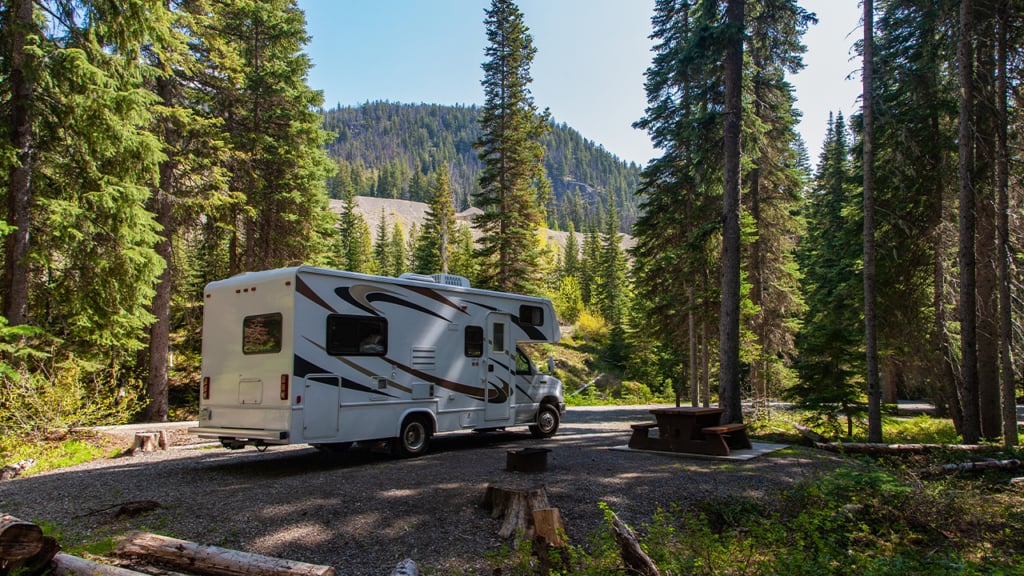Harness the Sun with Fullriver Batteries: A Guide to Solar Camping
It’s that time of year, the world has thawed out and the temperatures seem to get warmer every day in the Northern Hemisphere, the call of the outdoors is beckoning. For the last few decades, camping has been growing in popularity, but in 2020 that growth seemed to rocket upwards, propelled by the coupling of a love of the outdoors and the creature comforts offered by vans, trailers, and RVs. Many people with even a moderately adventurous spirit, still prefer to experience the outdoors with a bit of creature comfort.
In the past, home away from home required a generator or a campsite with hookups to keep all the gadgets working. However, with the rise in popularity of deep cycle batteries and solar technology, camp has gotten a whole lot quieter as gas powered generators have been supplanted. Further, “dry camping” or “boondocking” as it’s sometimes known, opens a whole world of campsite options. It’s true freedom, untethered from busy campgrounds, concrete pads, and electrical outlets. Today, let’s take a moment and look at the interplay of batteries and solar charging. We’ll delve into energy consumption and realistic capabilities of recharging via photovoltaic sources (I.E., solar panels.)

Watts Going on?
Typically, batteries are rated for capacity in amp hours, while solar panels are given a rating in watts. Wattage is actually a great way to understand overall energy capability because it takes the volts and multiplies them by the amps. We can convert watts to volts and amps and amp hour to watts very easily. Let’s look at a 12V 100-watt panel for example:
100W/12V = 8.33 amps
Before we go on, it’s important to understand that solar panel ratings are given from ideal lab conditions, with the light source at the perfect angle and brightness. In other words, in the real world the output is usually much lower than the rating.
Now let’s convert a battery to watts. Our example will be a Fullriver DC105-12 (12V, 105Ah, Group 27):
12V * 105Ah = 1260 watts
We can now use our newfound math to understand how energy transfer from our appliances and devices will draw from our batteries and then how the solar will recharge the batteries back up. Every electric appliance or device will have a data tag on it that tells how much wattage it consumes on average. For our example we will using 100 watts of device/appliance consumption over an 8-hour period:
8hrs * 100W = 800
1260W (DC105-12) – 800W = 460W (~36% remaining capacity)
The DC105-12 has had 63.5% of it’s energy removed. That means our little 100W solar panel must return over 800 watts to the battery. Because all batteries need a good balancing phase to get the cells all back to the same voltage it isn’t a 1:1 conversion when charging. To account for this, we add 20-25% additional time to the charging process. Here’s how to calculate it:
800W/100W * 1.25 = 10 hours
You can see by the calculation; it would take more time than ideal sunlight conditions are prevalent most places on earth! That’s the nature of harnessing energy from the sun, it’s often in teaspoon quantities. However, if we were to add one more panel, we hit a sweet spot:
800W/200W * 1.25 = 5 hours
And adding a third brings our recharge time down even faster:
800W/300W *1.25 = 3 hours 20 minutes

Making it Work
There are several assumptions in this logic though. First, that we won’t be consuming more power during recharge than the panels can put back in during ideal sun conditions. Second, that we recharge the battery fully each day. Finally, that we’re getting ideal lab-like sun conditions all day. Of these assumptions, the second seems to be the only reasonable one we can deal with. The battery does not need to be fully recharged every day, if we have ample reserve capacity to cover daily consumption without discharging more than the battery is safely able to supply (over-discharge). The batteries can be used in a PSoC (Partial State of Charge) but should be fully recharged at least once every 1-2 weeks
At this point, some may be thinking, “I’ll just add more batteries to increase my autonomy (time without recharging).” This will actually be a workable solution for the average camper (E.G., weekend or weeklong trips). As long as the method of charging is capable of producing a minimum of 10% of the battery’s rated capacity. Using the DC105-12 as an example, a minimum of 10.5A (126W), but ideally 25% (26A/315W). For shorter trips (2-4 days), solar may not even be necessary, but you’ll want to estimate your energy consumption before sizing your battery set.
Of course, for those taking longer trips both the battery and solar banks will need to be larger. Usually, accommodating a larger battery bank isn’t the problem, it’s the limited rooftop real estate for solar that proves to be the biggest challenge. The rule of thumb here is at least 10%, but optimally 25% of the battery bank’s capacity when we consider recharge times, of solar power to keep the batteries charged. One of our most popular setups for camping is a set of DC224-6 in a series configuration for 12V, 224Ah (2668W). To fully maintain this bank requires 267 watts of solar on the low-end, but 667 watts for the most efficient charging.

Dispelling a Myth
Since we’ve been discussing energy consumption we need to pause and clarify something. There’s an old myth about AGM and other lead-acid batteries that occasionally still surfaces. It usually goes like this, “You can’t discharge an AGM battery past 50% depth of discharge.” While there may be some batteries out there that this applies to, this adage has never been true about Fullriver AGM, and for that matter, many other quality lead-acid batteries. Fullriver AGM has always been built and tested to thrive in true deep-cycle applications. This means for a 6-volt 5.25 volts, 12-volt 10.5 volts, 24-volt to 21 volts, and so on. While this reduces the total amount of cycles, it still equates to the same energy throughput for the battery.
Adventure Awaits

We hope this short overview has been helpful and inspiring. It’s a big world out there with so much to be explored. If you need help getting started, the majority of the Fullriver team uses the products we make to keep them going in their own adventures. For more guidance click the support link on our website, or to find Fullriver batteries near you visit the dealer locator page on our website to Start Your Adventure!

